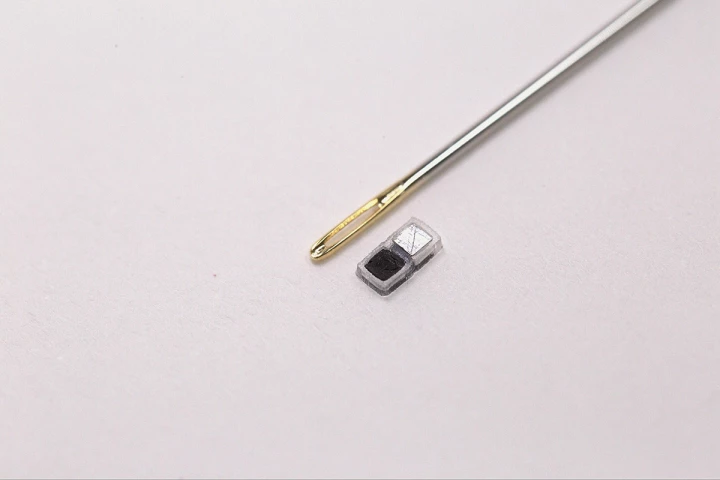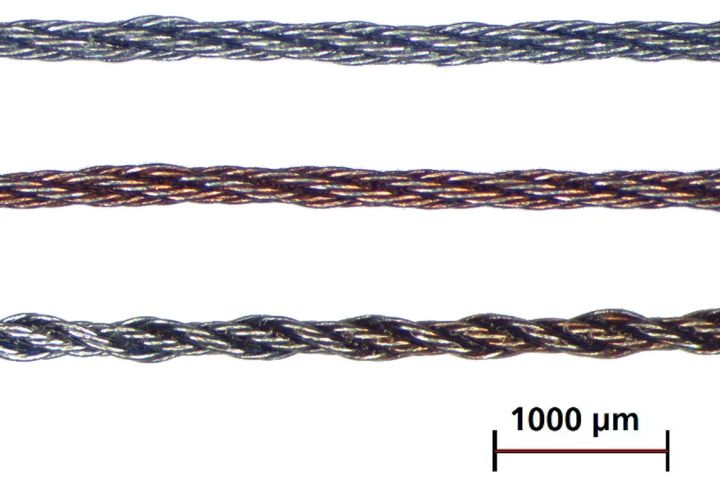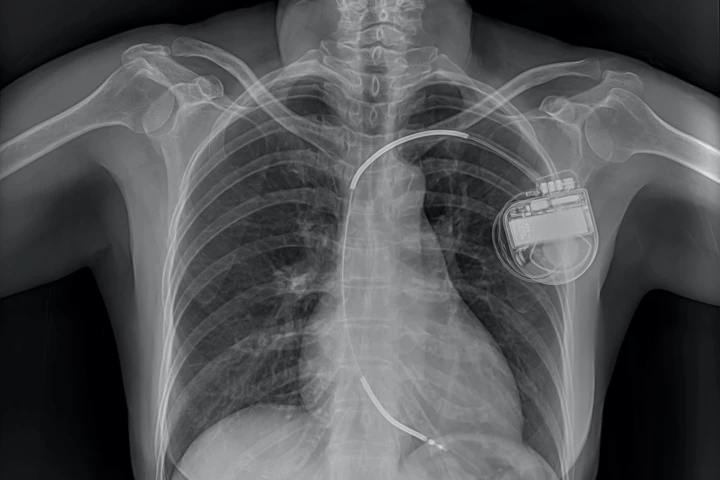Pacemaker
-
Engineers at Illinois' Northwestern University have developed the tiniest pacemaker you'll ever see. It's several times smaller than a regular pacemaker, and it's designed for patients several times smaller than the average pacemaker user.
-
A new injectable, temporary pacemaker could help correct a heart arrhythmia in an emergency. This nanoparticle gel can regulate the heart’s electrical signals for up to five days before dissolving harmlessly in the body.
-
A new pacemaker is thinner than a human hair, wireless and operated entirely by light from an optic fiber. The non-invasive device could help regulate heart activity or even stimulate neurons in a set pattern to treat conditions like Parkinson’s.
-
The leads that connect external pacemakers to the heart can potentially cause problems, either if they're removed or left in place. German scientists are therefore developing an alternative, in the form of leads that get absorbed by the body.
-
Ordinarily, pacemakers correct irregular heartbeats by delivering an electric shock to the entire heart – which can be painful. An experimental new one takes a different approach, and it does so by encompassing the heart with light-emitting "petals."
-
Last year, scientists at Northwestern University announced a transient pacemaker that dissolves when no longer needed. They've now improved the device, and incorporated it into a linked suite of wearable sensors.
-
When a pacemaker's battery gets low, the whole implant typically has to be surgically replaced. Scientists are therefore developing a noninvasive battery recharging system, which utilizes externally applied ultrasound.
-
Scientists see great potential in pacemaking technology that more closely mimics the natural variability of our heart rate, and are preparing to test out a "revolutionary" new device that does just that, following successful trials in animals.
-
In a breakthrough that could greatly ease the burden for patients recovering from cardiac surgery, scientists have developed a new type of temporary pacemaker that never needs to be removed, instead dissolving safely in the body once its job is done.
-
One of the problems with implants such as pacemakers is the fact that when their batteries run out, they have to be surgically replaced. It may someday be possible, though, to recharge those batteries by shining light through the patient's skin.
-
Although it doesn't happen often, it is possible for electromagnetic fields (EMFs) to affect the performance of cardiac implants such as pacemakers. Fortunately, though, a new study indicates that EMFs produced by electric cars pose no such danger.
-
It's an unfortunate fact that pacemakers do need to be surgically replaced every five years or so, before their battery runs out. The procedure could soon be considerably easier and safer, though, thanks to a membrane that goes around the implant.
Load More











